If only we cared as much for biodiversity as we do for brands.
You can feel the difference when visualising flora, fauna, or funga as famous firms. The brands remain immediately recognisable.
The biodiversity, not so much. Only if you spell it out.
We feel our awareness of birds, toadstools, trees, and beyond, should be higher, given how important they all are. And to highlight that disconnection we thought we’d reimagine some of our planet’s biodiverse things as brands.
We don’t feel it’s necessary to break down the actual brands in the bullet points. Awareness is so high that, to the vast majority of people living on the grid, the brands are as clear as day.
The Fly Agaric
- Type: Mushroom / Funga
- Found: Worldwide (Northern Hemisphere)
- Status: Secure
- Fun fact: not deadly poisonous and actually eaten by some after boiling out the toxins (we don’t recommend this).
The Fly Agaric is the magnificent quintessential toadstool. It has a history as striking as its red and white speckled cap. Some say it was the inspiration behind Father Christmas and others say Lewis Carroll was led to create Alice in Wonderland based on the effects of the mushroom, which can affect perception of size. There are myths around this mushroom too: while it is poisonous (or rather psychedelic) it is not fatally so and some folk eat these mushrooms after treatment to boil out the toxins (muscimol and ibotenic acid). All considered, a classic ‘shroom that we should celebrate, award with a peerage, or at least know more about. For a more seriously poisonous thing, see the strawberry poison frog, last.
The White Caladium
- Type: Plant / Flora
- Found: Central & South America
- Status: N/A
- Fun fact: this plant is imagined as a coffee brand and can be fertilised with coffee grounds to provide essential nutrients, like nitrogen, potassium and phosphorus (like lots of other plants).
NO! Not The White Lotus – The White Caladium! And now that’s all agreed, here are some facts about it. The Caladium is renowned for its heart-shaped leaves in contrasts of pink, red, green, and white. Despite looking quite lovely, every part of the plant is toxic if ingested, containing calcium oxalate crystals that can irritate skin and cause unpleasant reactions if eaten. Still, with the right respect (and gloves), Caladiums reminds us that danger and beauty often grow from the same root, or something.
The Scarlet Macaw
- Type: Avian / Fauna
- Found: Central & South America
- Status: Least Concern
- Fun fact: This macaw has a very long lifespan and has been known to live up to 90 years in captivity.
What a great set of feathers this bird has! Lovely bit of bird it is. The Scarlet Macaw is not just scarlet though and features a trifecta of primary shades, complementing that dapper red with yellow and blue. This bird is evidently a macaw, which is a distinct group of ‘true parrot’ marked by their bare facial patches and long tails. While this type has the largest latitudinal range of any Macaw, there is some concern over its fragmenting range. Unusually for its kind, the scarlet macaw is notable for having an endangered subspecies, Ara macao cyanoptera, which is native to Central America. This kind is larger than the South American Ara macao macao and is distinguished by bluer undergarments on its wings. You’re welcome.
Strawberry Poison-dart Frog
- Type: Amphibian / Fauna
- Found: Central America
- Status: Least Concern
- Fun fact: Yes, poison dart frogs could be deadly to humans if consumed (or struck by a dart). However, not all are equally poisonous with the Golden variety believed to be among the most formidable.
Earlier, we covered The Fly Agaric mushroom. Some people think it’s deadly poisonous but it is not. This frog, however, like other poison frogs, does carry a deadly alkaloid toxin that disrupts cardiac function. The frog gets its name from the propensity of indigenous tribes to use the toxin in their poison darts for hunting. They would rub the dart on the frogs back to coat with toxin and it would remain potent for up to a year. It is believed that this frog’s rabid toxicity is also strengthened by its appetite for a type of ant. This frog is also sometimes kept as a pet and there’s a color morph available called the ‘blue jeans’ morph – due to its resemblance to a frog wearing denims.
The Blue-and-Yellow Macaw
- Type: Avian / Fauna
- Found: South America
- Status: Least Concern
- Fun fact: This cheeky bird is known to blush its bare facial skin based on its emotional state, like humans do.
Awwww naw – another macaw! This is because finding the parallels between brands and biodiversity isn’t easy – although it’s easier with colourful birds and especially parrots. Well, this second macaw is more of an archetypal macaw than the scarlet macaw because it’s commonly found in the pet trade and in captivity. It is in fact the most common companion parrot due to its close bonding with folk and its ability to talk. As of 2025, there are approximately 1 million of these clever, colourful bird living in captivity worldwide. That’s one of the highest captive populations of any large parrot, such is the popularity of this bird.
Yet, while biodiversity does seem to be suffering from more than just a branding problem, with 28% of all assessed species facing extinction according to the IUCN Red List, there’s some good news, too.
Just before this article was published, the EU ratified the High Seas Treaty, which aims to safeguard marine biodiversity in areas beyond national jurisdiction. Currently, only 1% of that no-man’s land is protected. So it’s not all doom and gloom.
Onwards and upwards.
———
🤖 Gen AI transparency.
We were helped by generative AI to create these but in a mindful way. Starting from a solid human idea and visualising some fundamentals using gen AI – then minimizing endless re-prompting by editing in Adobe Illustrator to achieve the final results.
We’re aware that emissions from gen AI aren’t friends of biodiversity – or planet – so when we do use gen AI, we’re keen to use it responsibly and we recommend you do, too.
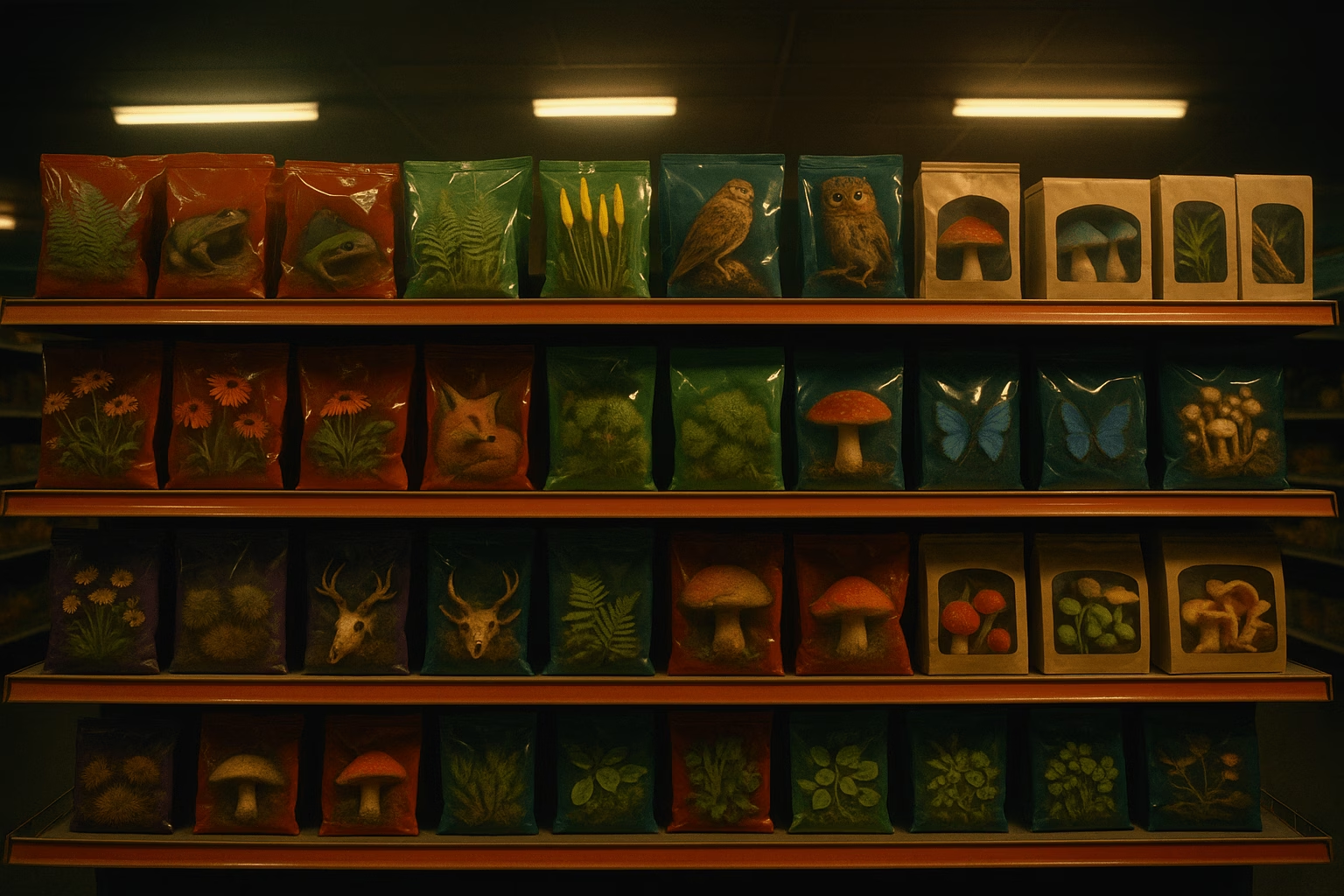
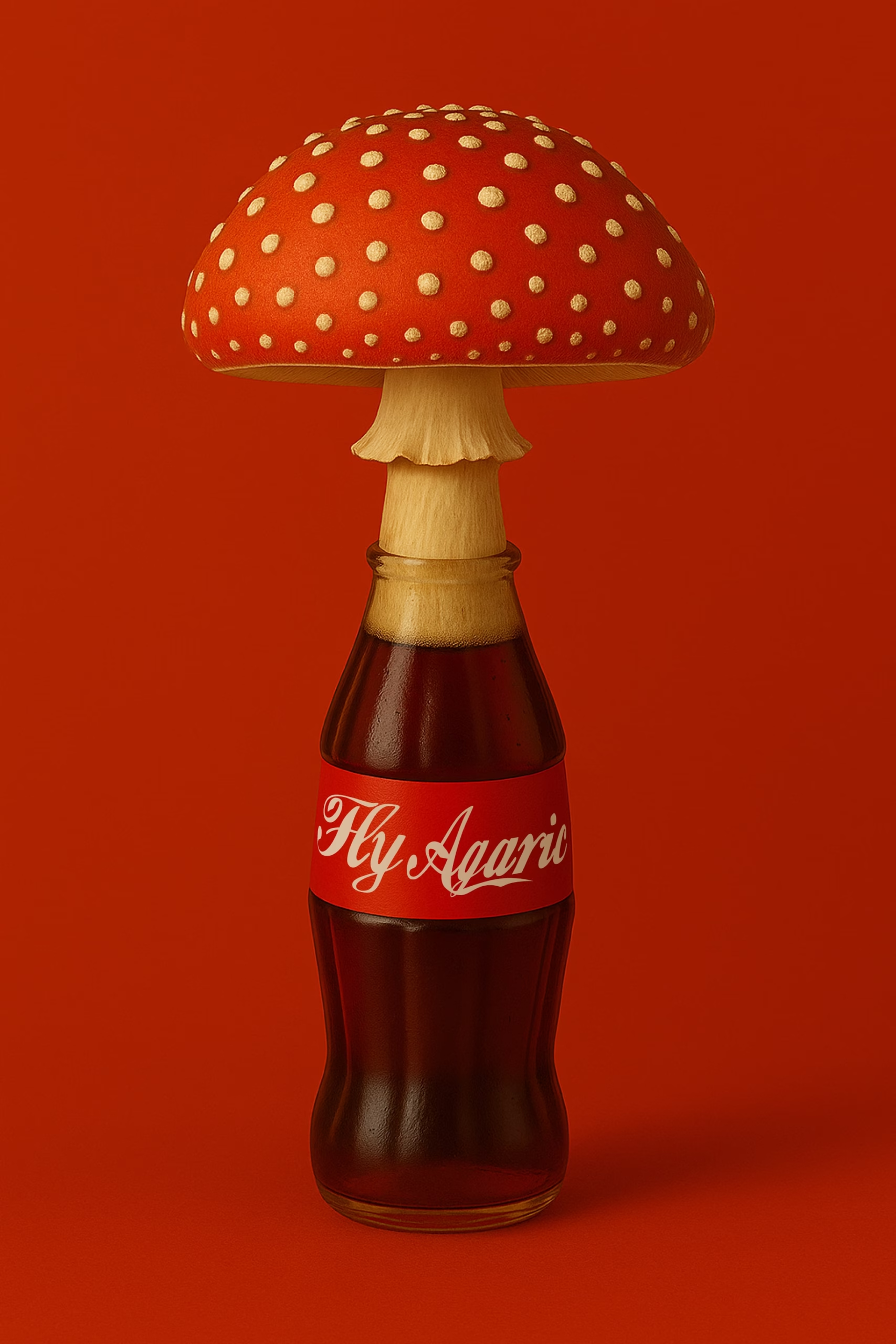
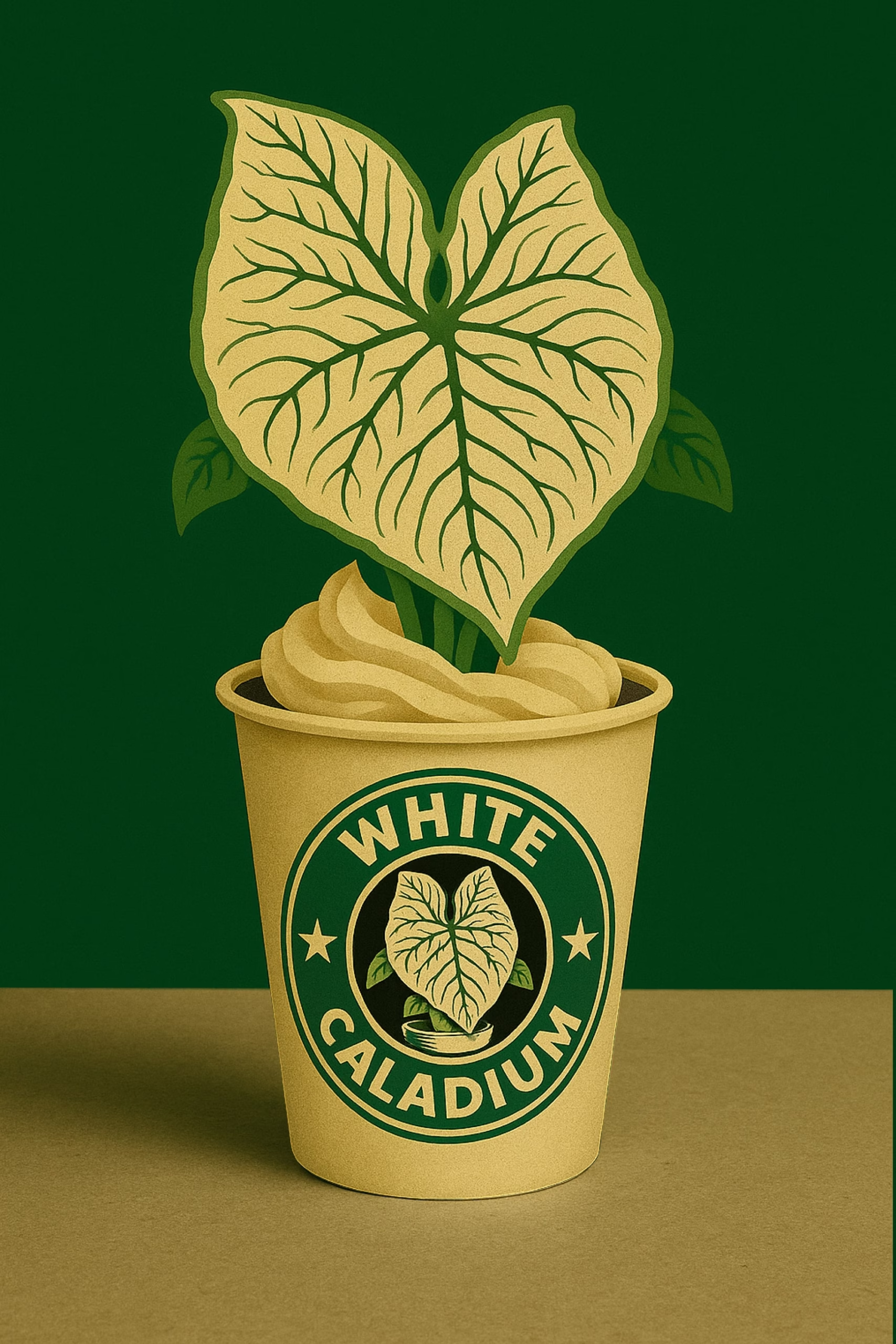
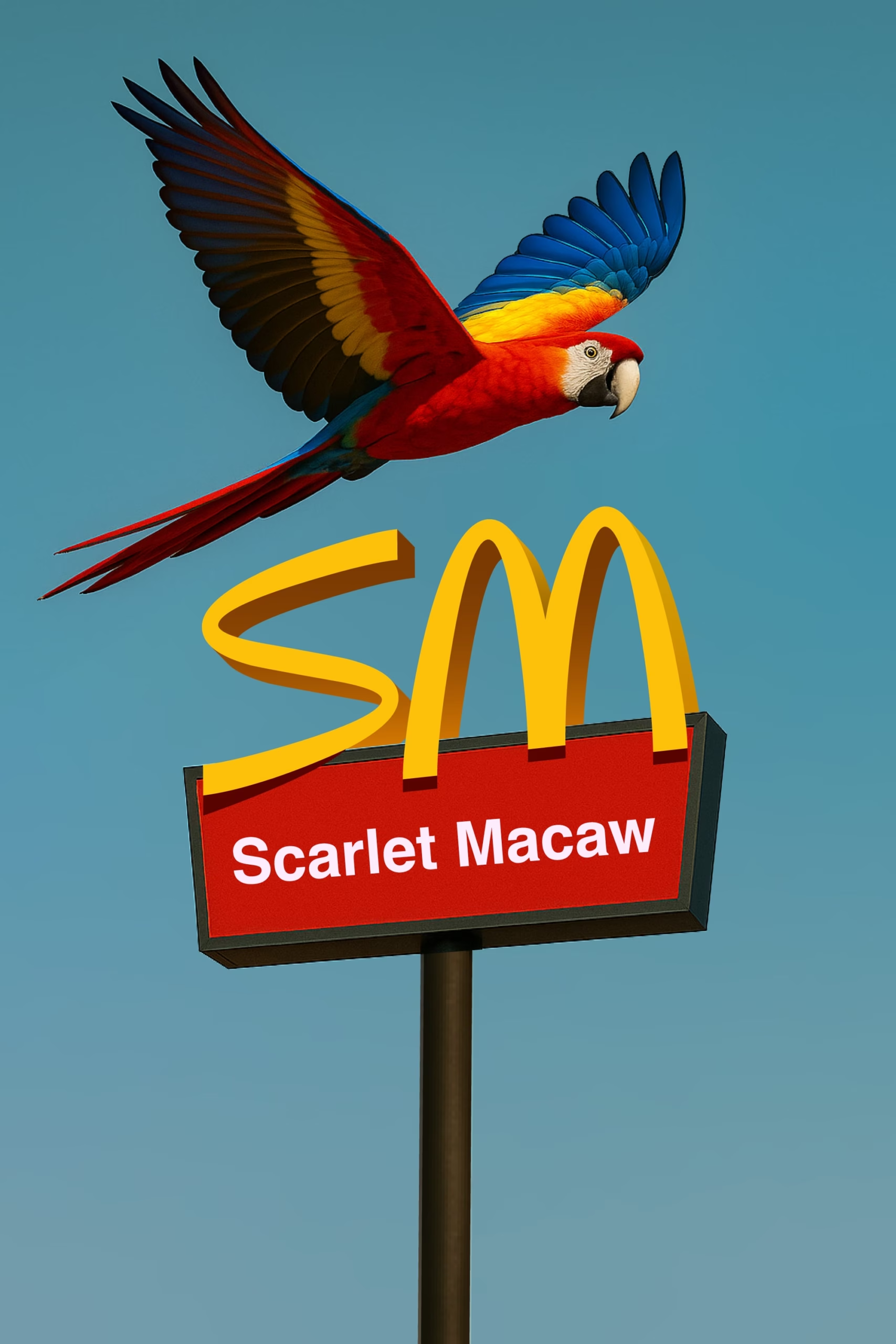

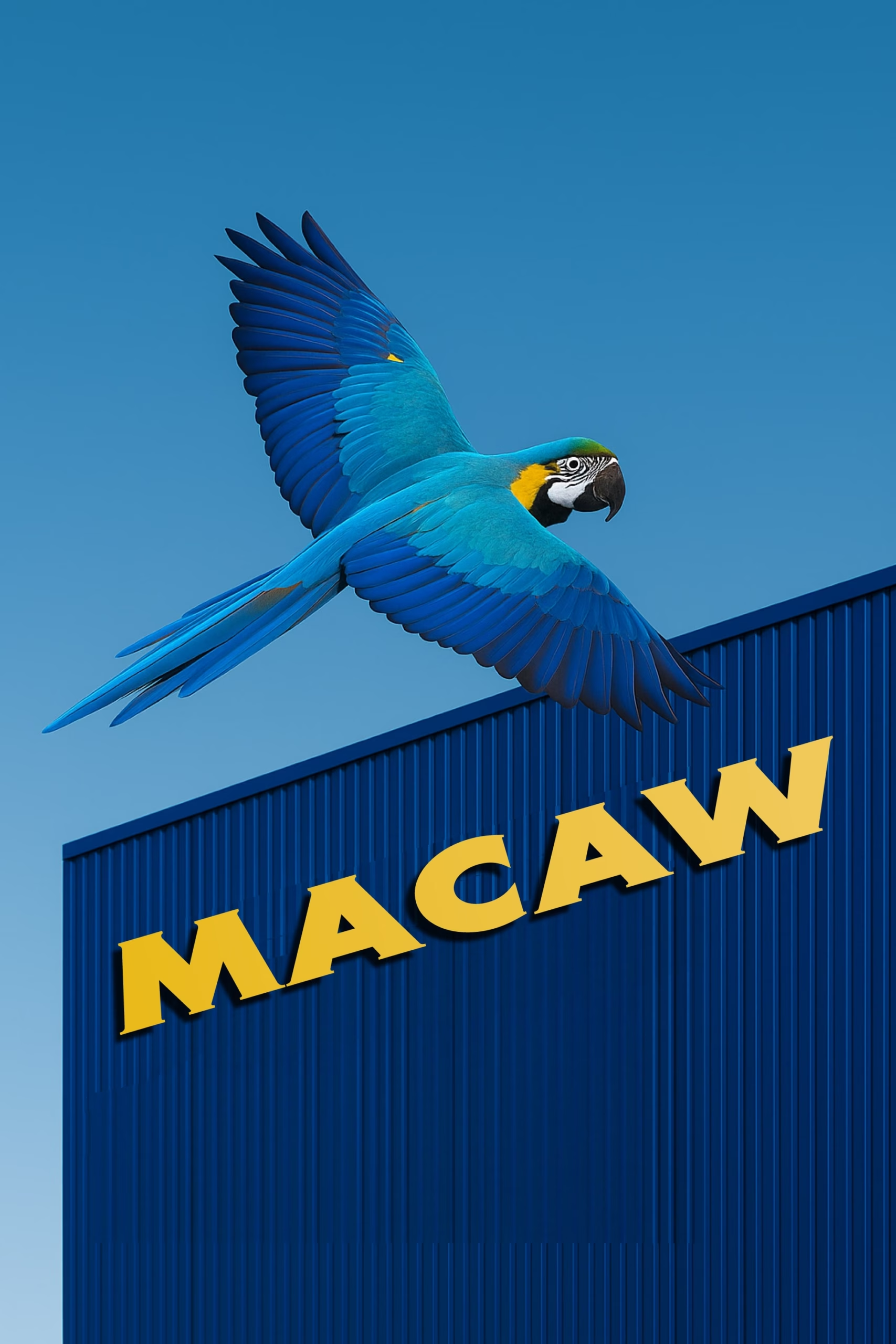


Leave a Reply